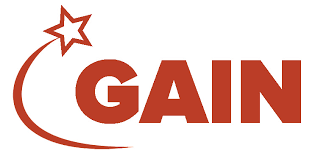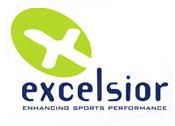Main Menu
Latest Blog Entry
User login
Starting Strength Training 4
What type of areas should be worked on first?
If you are lucky enough to have access to a physio screening, then together you will be able to see how your movement patterns work and what may be inhibiting you. Two things are usually apparent at this stage, some range of movement is limited, and some muscles are weak. The exercises you programme will help the athlete develop greater ranges of movement where restricted, and also become stronger where they are weak.
E.g. Not being able to do a single leg squat may be an indicator of gluteal weakness, so rather that do some lying down oysters, I would do… single leg squats as part of the warm up. Most sports are single leg activities, so being able to perform exercises on one leg makes sense to me.
Generally it is best to work on:
1st: Core, cardiovascular conditioning, peripheral strength.
2nd: big muscle groups with compound (multi joint) movements.
3rd: Explosive work, with anaerobic conditioning.
Core doesn’t mean triggering isolated muscle groups it means working on the central part of the body with stabilisation in different planes on stable and unstable surfaces, and movements either with high repetitions or under load for flexion, extension and rotation.
Peripheral strength does mean using dumbbells or other weighted implements to work on front/ back, left\ right side of the body. I integrate this with the movement patterns of body weight exercises that do require more co ordination.
So the skipping session I mentioned yesterday might be:
100 skips
20 squats
100 skips,
20 press ups,
100 skips,
20 lunges
100 skips,
20 crunches
100skips,
20 back raises,
100 skips,
20 press ups with a twist,
100 skips
20 leg raises
100 skips
20 bench hops
Followed by dumbbell work on arms and legs.
Again, for experienced athletes, this could just be part of the warm up.
Client Testimonials
 Vern Gambetta: GAIN founder
Vern Gambetta: GAIN founder
James Marshall is the consummate professional, always learning and working to make himself better. His focus is always on the athletes he working to make them better by exploring and discovering the dimensions of movement. He is a longtime active member of the GAIN professional development network. This gives him access to other professionals around […]
More

